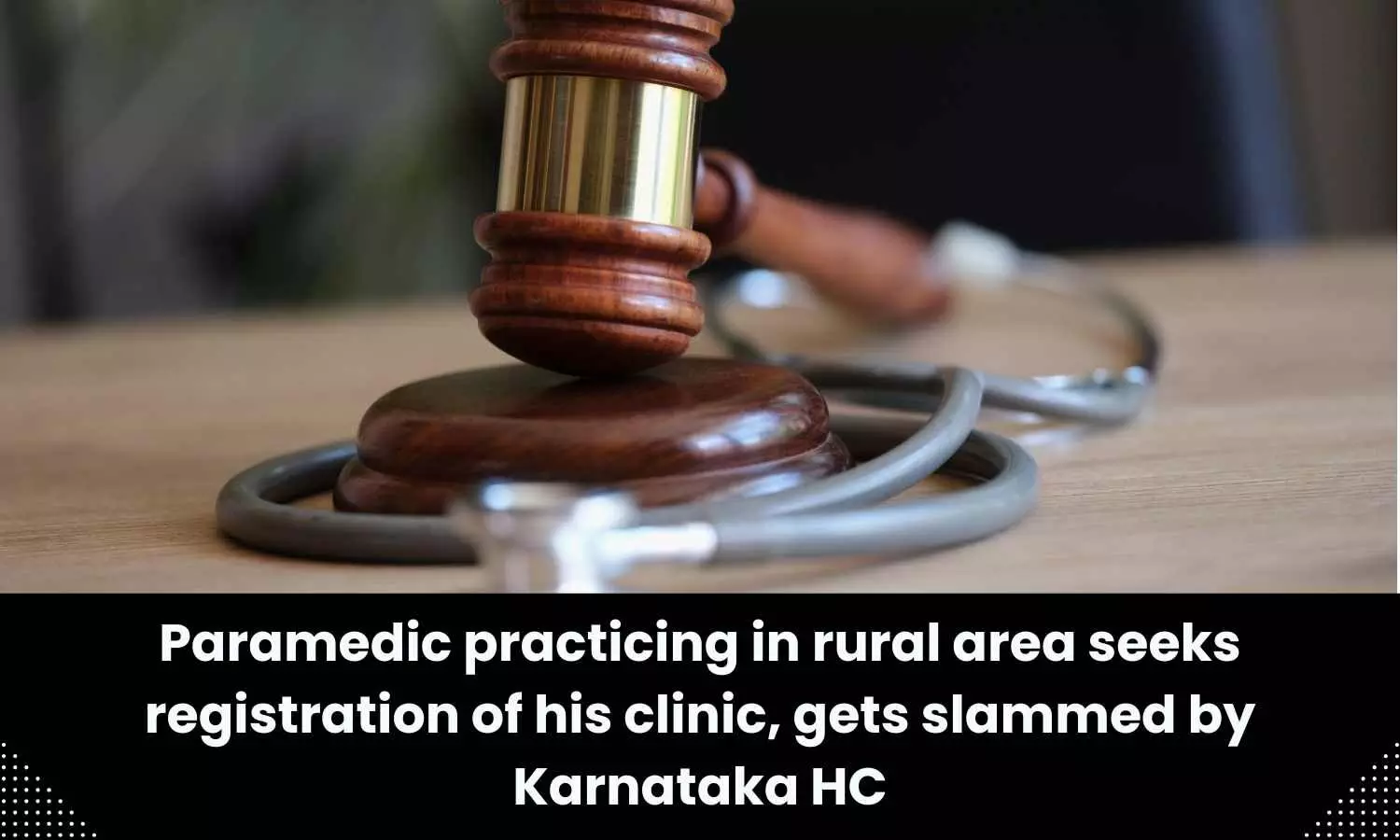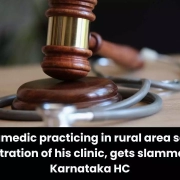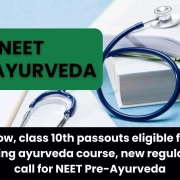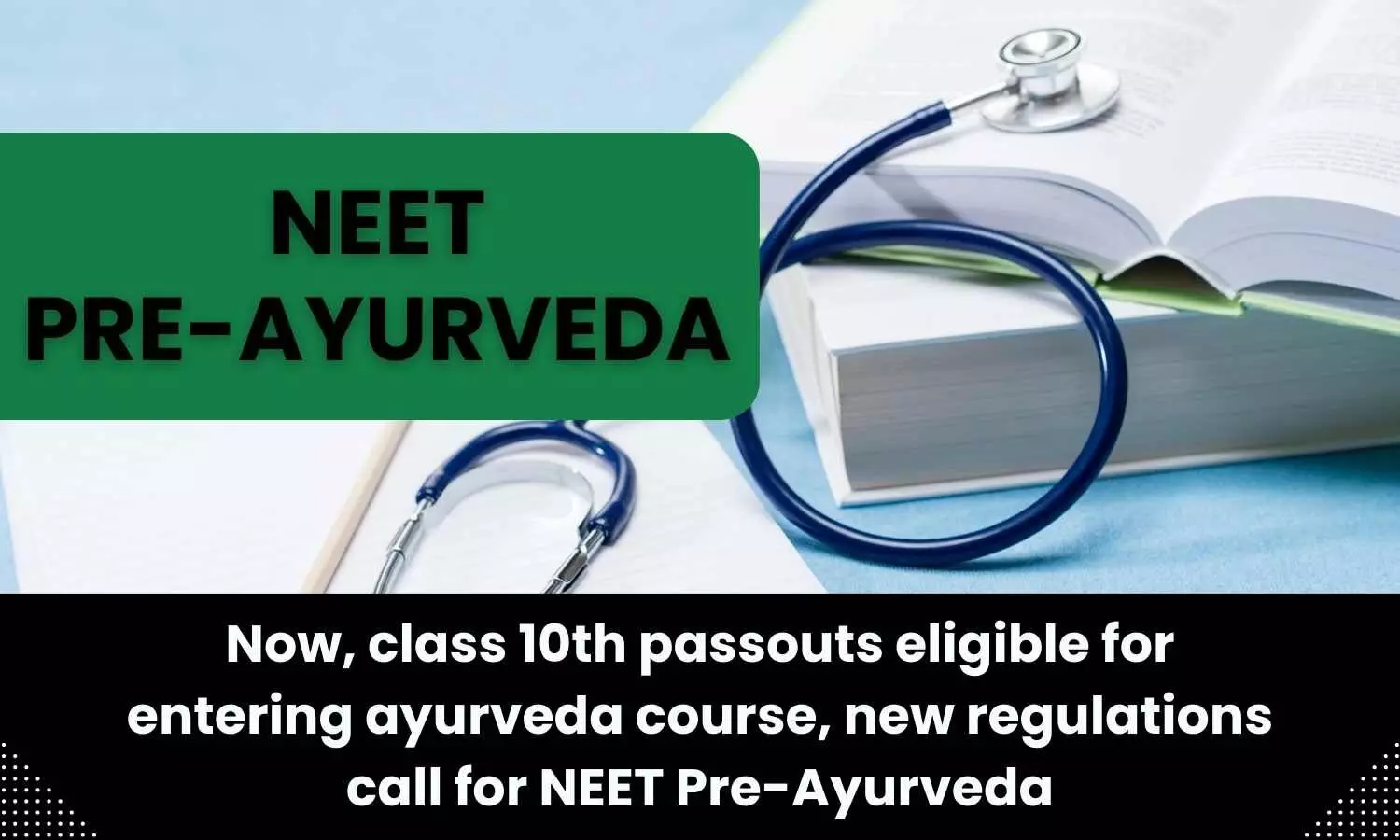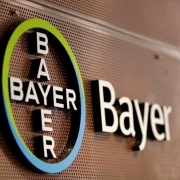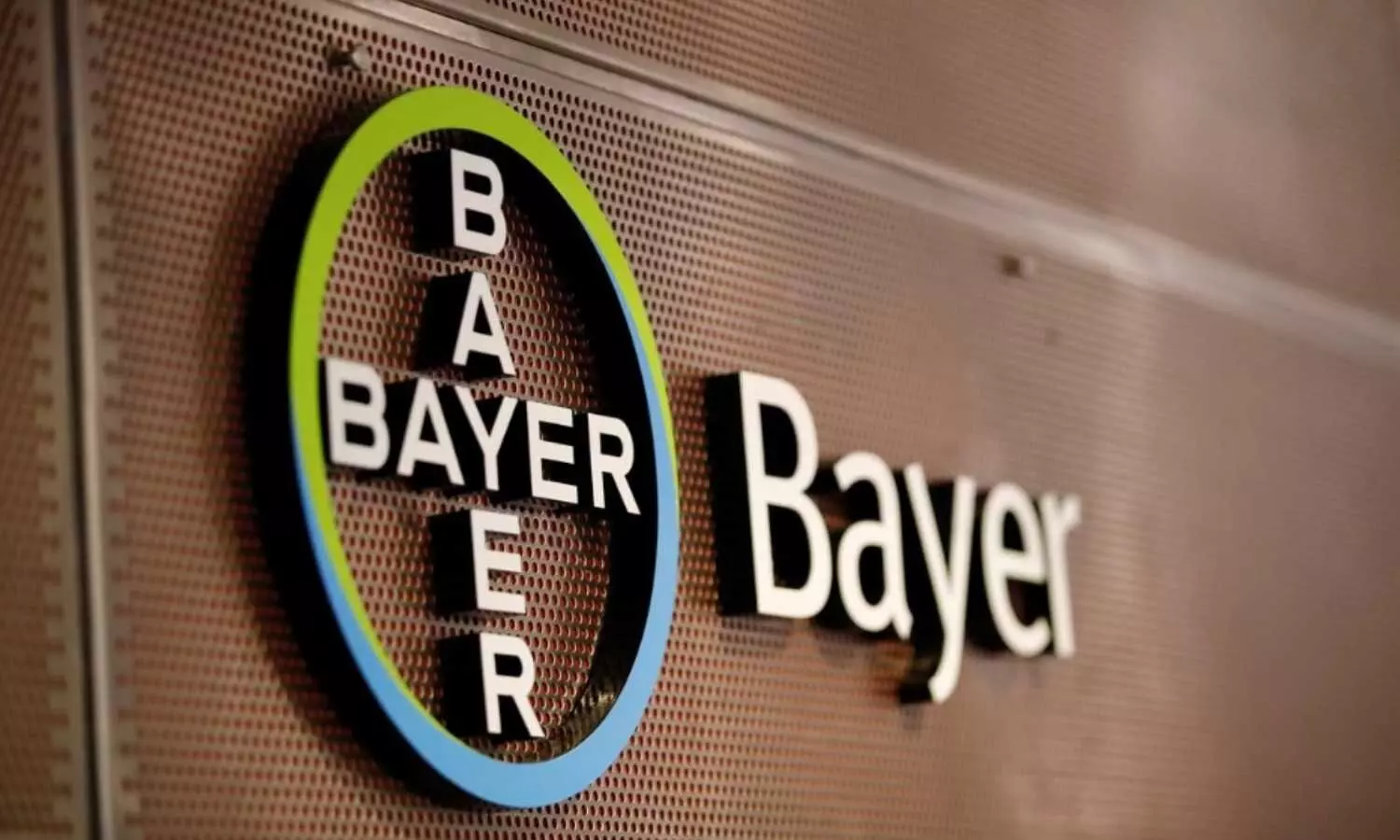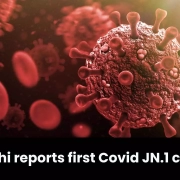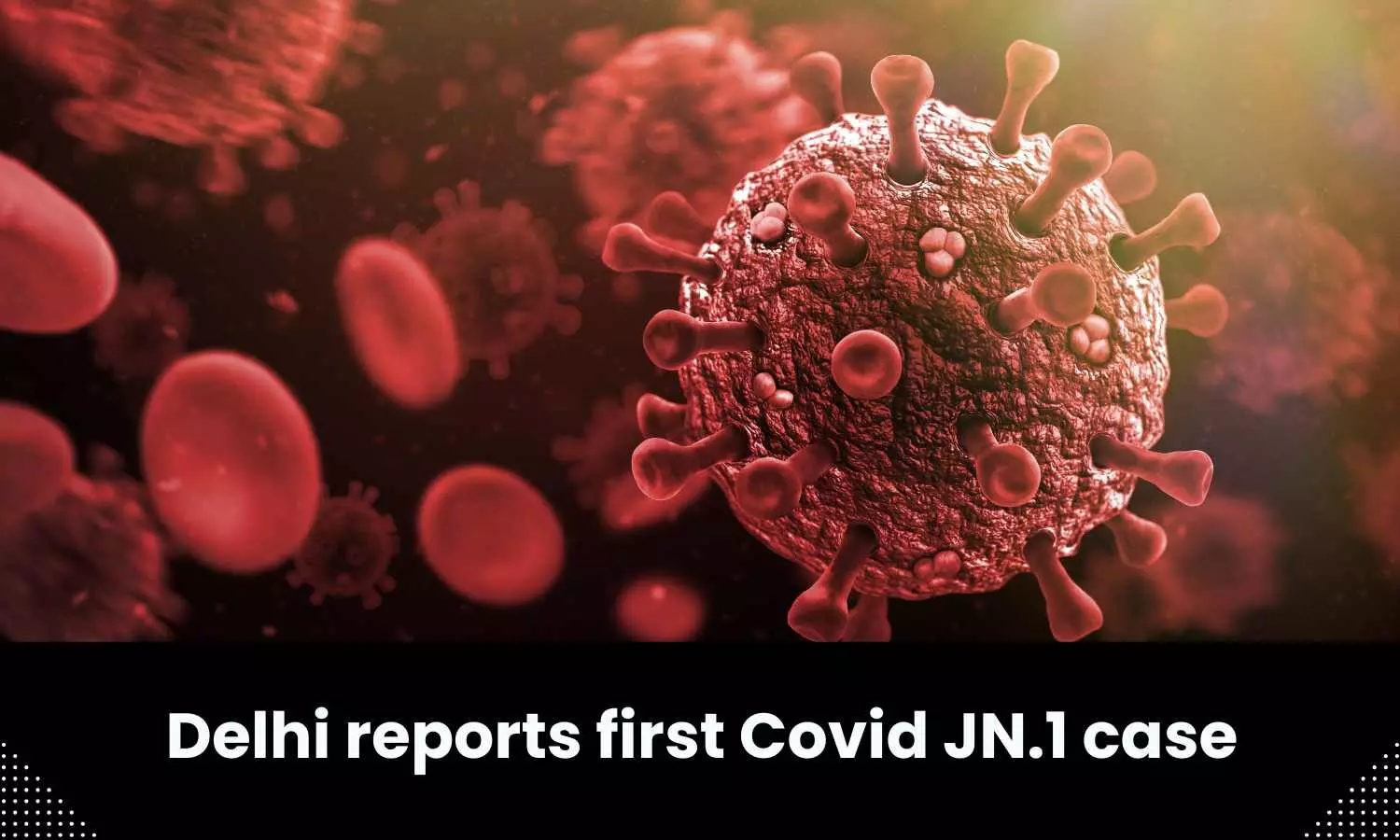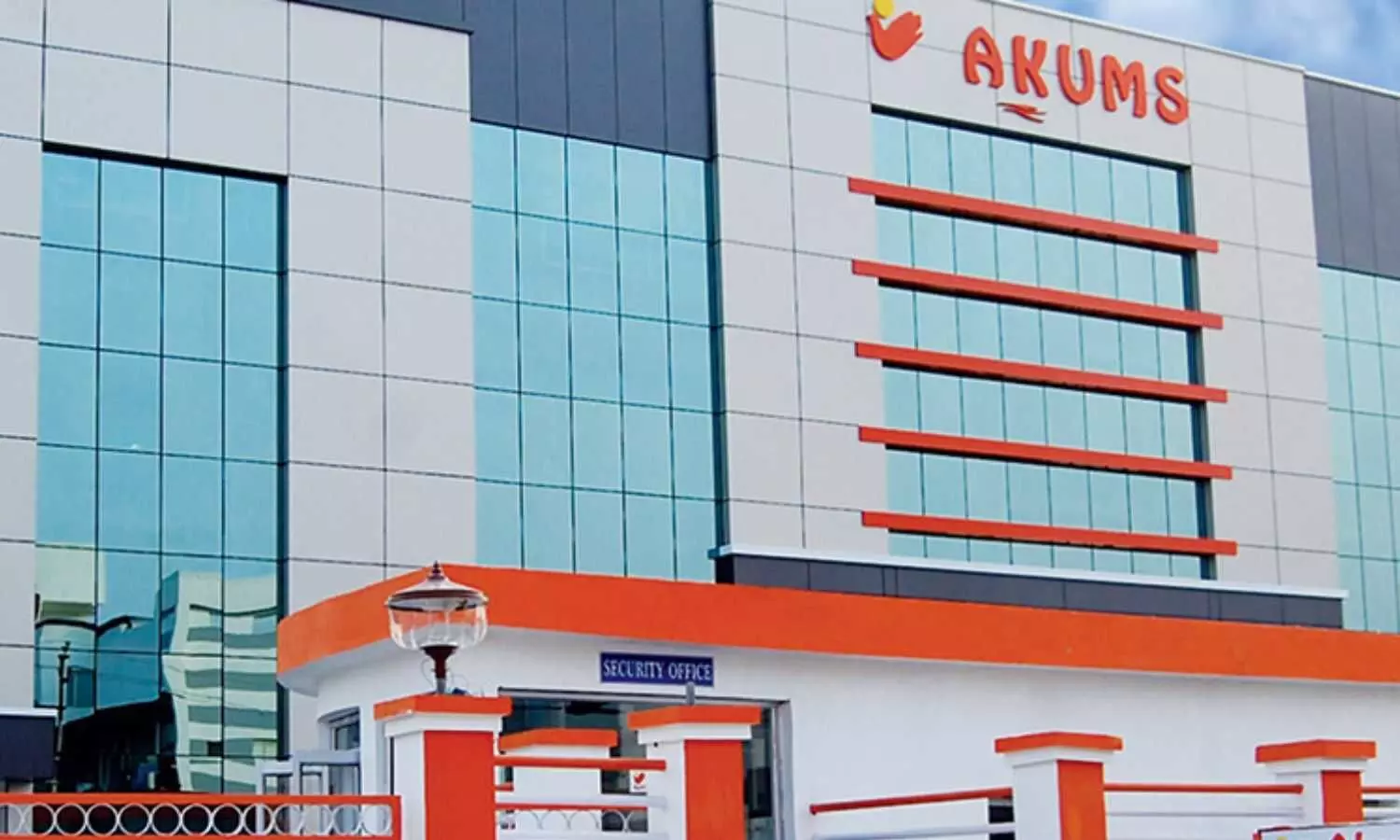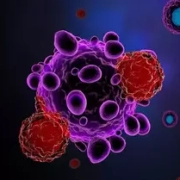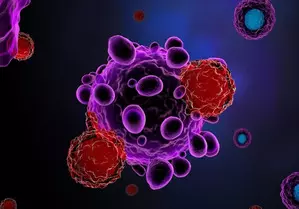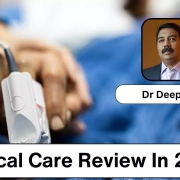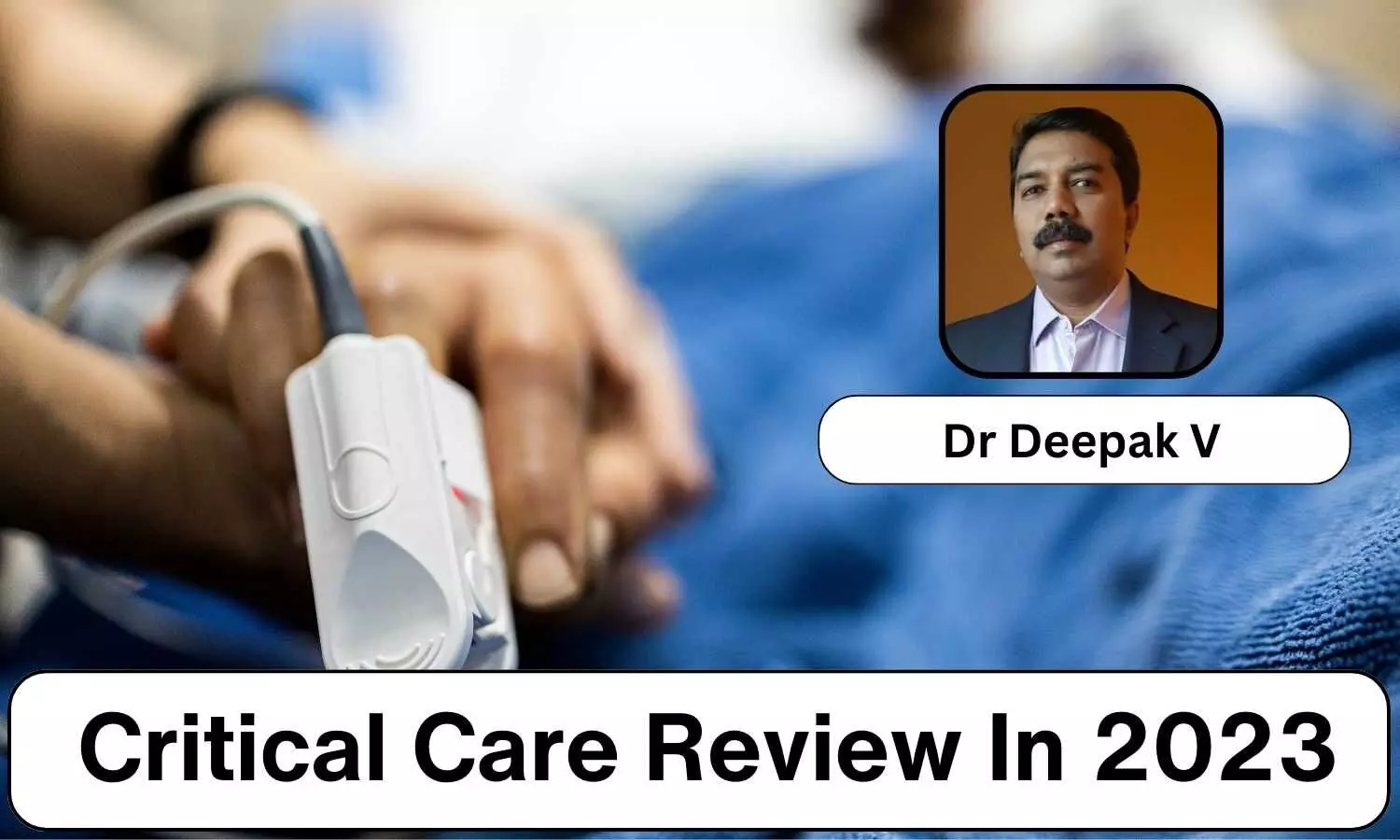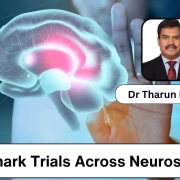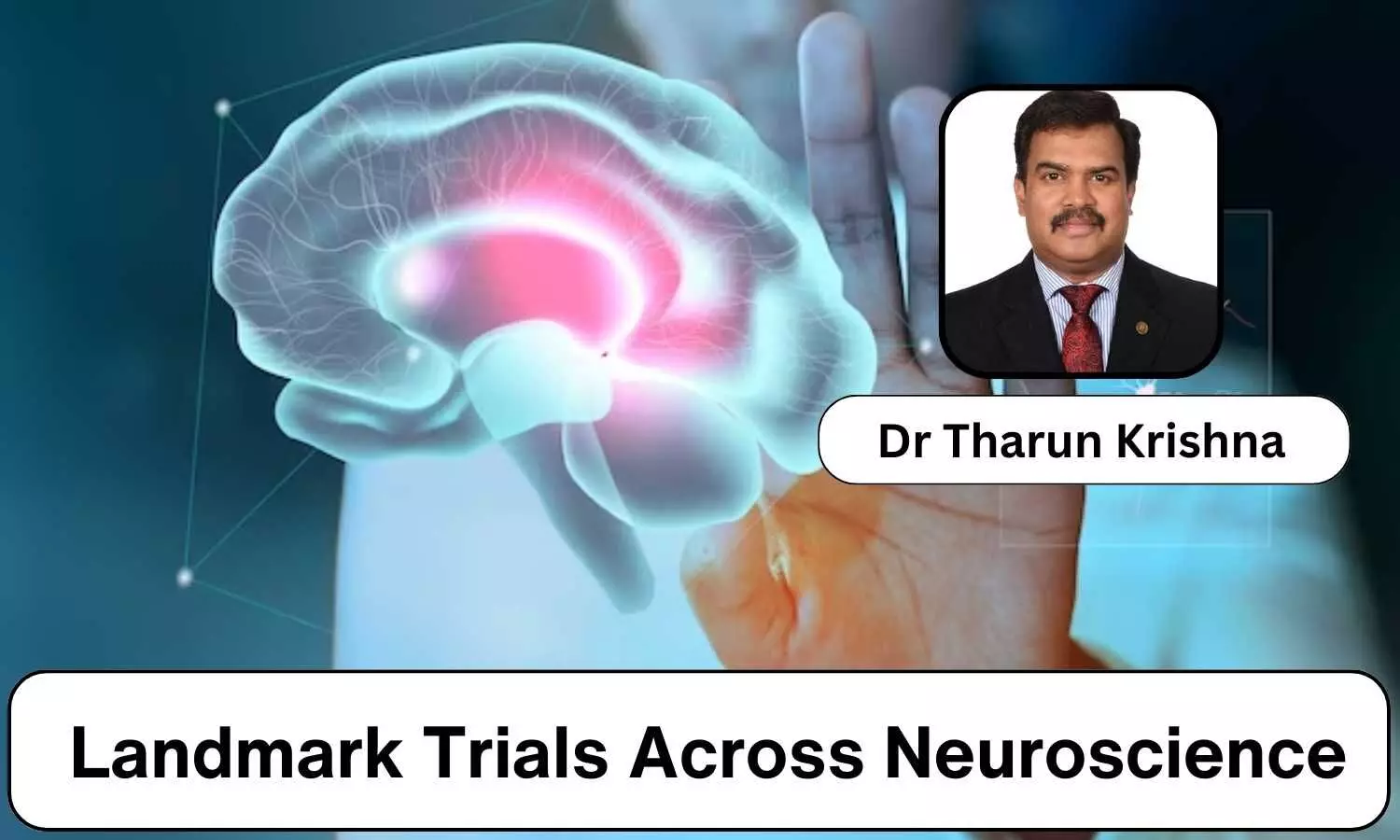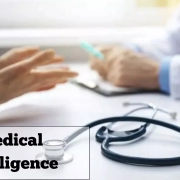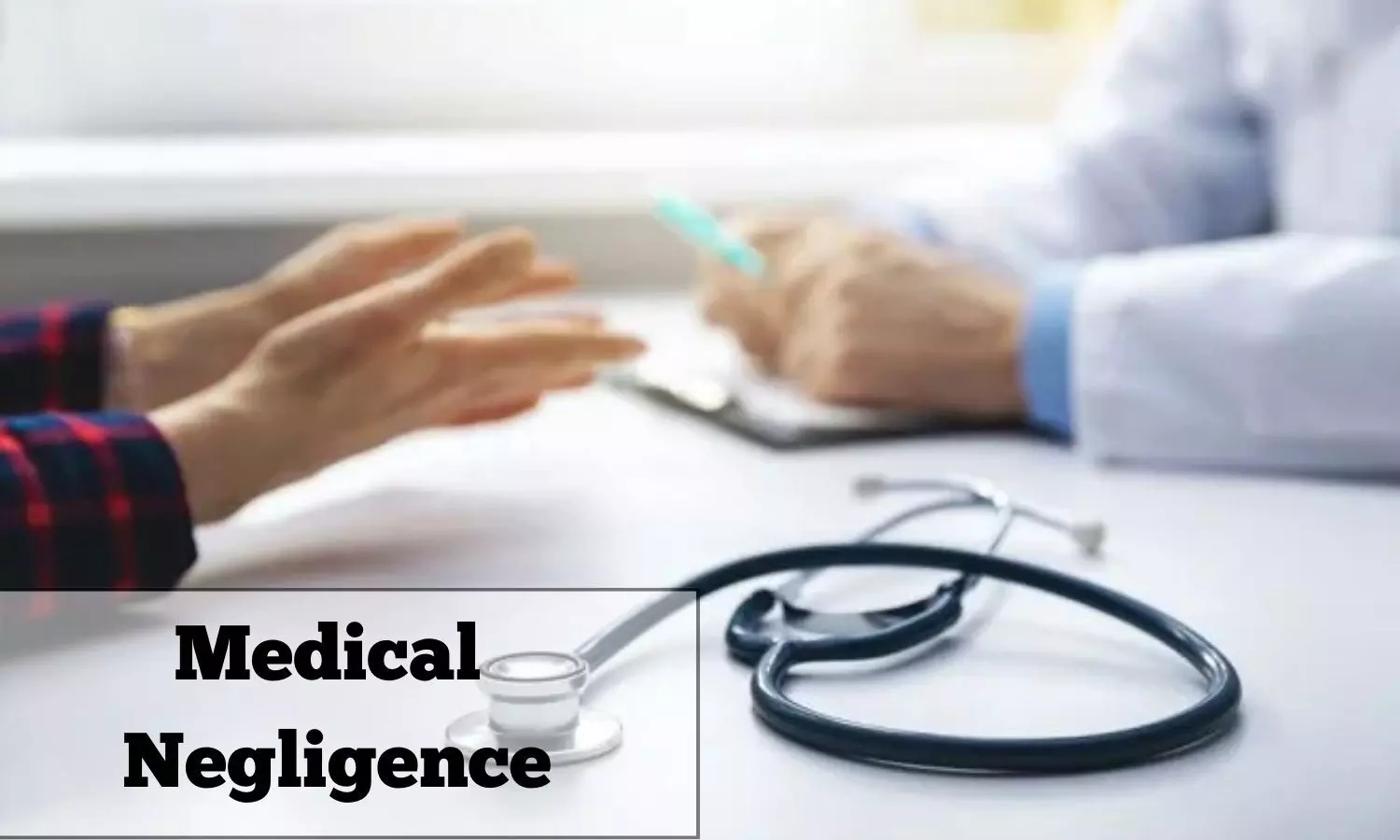Practice parameters in clinical
neuroscience have been fine-tuned in line with hard evidence to a large measure
by many randomised control trials (RCT) over the years. Many RCTs have been
well conceived and executed, but some have been dodged by controversies on
sample size, design, and biases.
Those that have stood the test of time have
come to occupy the position as ‘landmark’ trials and have left an indelible
mark on our understanding on many neurological topics, and forging a consensus
on contentious management issues.
We will examine ten landmark trials in
Neurology and Neurosurgery briefly, with an understanding that the choice of
these ten are subjective and personal, and largely heuristic.
The ten trials chosen can be
categorised as those related to five in Neurosurgery, four in Neurology, and
one in Psychiatry.
NEUROSURGERY
1. ISAT Trial (International Subarachnoid Aneurysm Trial)
Lancet, 2005
The
International Subarachnoid Aneurysm Trial (ISAT) had a profound influence on
the management of ruptured intracranial aneurysms. As endovascular clipping
started to gain more acceptance and popularity because of the lesser
post-procedural pain and discomfort and hospital stay vis a vis neurosurgical
clipping, a trial was needed to assess the safety and efficacy of the two
procedures.
The trial enrolled 2143 patients,
who were admitted to 42 centres mainly across UK and Europe, with ruptured
intracranial aneurysms and who were suitable to receive either procedure. They
were randomly assigned to neurosurgical clipping (n=1070) or endovascular
coiling (n=1073), and the outcomes at 1 year were compared.
The primary outcome was death or
dependence (defined by a modified Rankin scale of 3-6). The study reported an
absolute risk reduction of 7.4% (95% CI 3.6-11.2, p=0.0001), as 326 of 1055
patients (30.9%) allocated to
neurosurgery were dead or dependent at 1 year, compared to 250 of 1063 patients
(23.5%) allocated to endovascular treatment,
The secondary outcomes assessed were
rebleeding and risk of seizures. The risk of late rebleeding was higher in the
endovascular group, whereas the risk of
epilepsy was substantially lower in the same. The early survival advantage was
maintained in the endovascular group for up to 7 years and was significant (log
rank p=0.03).
The ISAT trial concluded that
endovascular coiling is more likely to result in independent survival at 1 year
than neurosurgical clipping, in patients with ruptured intracranial aneurysms
suitable for both treatments.
2. NASCET (North American Symptomatic Carotid
Endarterectomy Trial)
Stroke, 1999
Efficacy and durability
of Carotid Endarterectomy (CEA), the surgical treatment for symptomatic carotid
stenosis, was evaluated by the North American Symptomatic Carotid
Endarterectomy Trial (NASCET).
Atherosclerotic carotid
artery disease may present as TIA or RIND, or as a stroke.
Retinal TIA causes ipsilateral monocular blindness which may be
temporary (amaurosis fugax) or permanent. Other presentations can be a
hemispheric TIA, which can be contralateral motor or sensory.
The study began in 1987.
A total of 1415 patients with moderate carotid stenosis (< 70 %) and severe
carotid stenosis ( > 70 %) were assigned to the surgical arm of the study,
and were operated on by 278 NASCET accredited surgeons (neurosurgeons and vascular
surgeons). The initial surgical results reported in August 1991 showed a highly
beneficial effect for CEA in patients with
high-grade carotid stenosis (70-99 %), modest benefit in moderate stenosis. (
< 70 %), and no significant benefit for those with < 50 % stenosis.
The study also analysed
perioperative outcome events (stroke or death), and the durability of CEA. The
overall rate of perioperative stroke and death was 6.5%, but the rate of
permanently disabling stroke and death was only 2.0%.
The study formed the
basis for the current practice guideline recommending Carotid Endarterectomy
for patients with 50% or more carotid stenosis and history of TIA or
ipsilateral stroke, and that the procedure is durable.
3. International Surgical Trial in Intracerebral Haemorrhage
II (STICH II) Trial
Lancet, 2013
Surgical Trial in
Intracerebral Haemorrhage II (STICH II) trial aimed to compare early surgery
with initial conservative treatment for patients with intracerebral haemorrhage
(ICH).
Spontaneous
intracerebral haemorrhage (ICH) accounted for 20% of all strokes and has the
highest morbidity and mortality, but remained elusive in having a consensus on
the most effective treatment for it. The STICH trial was an important study on
the role of surgical treatment for ICH.
The study compared early
surgery (hematoma evacuation within 24 h of randomisation) with initial medical
treatment with later evacuation if required. The surgical approach for evacuation
of ICH varied from craniotomy, burr holes, endoscopy and sterotaxy, but
craniotomy was the predominant choice (77%). The first STICH trial (2005)
included patients with hematoma of at least 2 cm in diameter with a Glasgow Coma Scale (GCS) score of at
least 5. In the
STICH II trial, the criteria were revised to include
only those patients having hematoma
within 1 cm of the cortex surface and of between 10 and 100 mL, and a
Motor score of 5 or 6 in GCS, and an Eye score of 2 or more.
The primary outcome was
measured on a 8-point Glasgow Outcome Scale obtained through postal
questionnaires from patients at 6 months follow-up. Patients were grouped based
on their clinical status at randomisation.into good and poor prognosis groups.
Favourable outcome was defined as good recovery or moderate disability on the
Glasgow Outcome Scale for the good prognosis group, and was inclusive of severe
disability for the poor prognosis group.
The trial randomised
1033 patients from 83 centres in 27 countries to early surgery (503) versus
initial conservative treatment (530). At 6 months follow-up, 26% patients (122 out of 468) randomised to early
surgery had a favourable outcome,
compared to 24% (118 out of 496)
randomised to initial conservative treatment (odds ratio 0.89, p=0.414,
absolute benefit 2.3% (-3.2 to 7.7), relative benefit 10% (-13 to 33)).
The STICH trial showed
no overall benefit for patients with spontaneous ICH from early surgery
compared to initial conservative treatment.
4. National Acute Spinal Cord Injury Study (NASCIS
III) Trial
JAMA 1997
Traumatic
acute spinal cord injury (SCI) has devastating sequelae if not attended to
urgently. National Acute Spinal Cord Injury Study III (NASCIS III) was
formulated to devise a framework for optimal timing and dosing of
methylprednisolone that was identified earlier a potential agent that could
forestall free-radical mediated neuronal destruction in acute SCI.
The study compared the
efficacy of methylprednisolone when administered for 24 hours and 48 hours
respectively, and that of tirilazad mesylate administered for 48 hours, at 16 centres
across North America.
A total of 499 patients
with acute spinal cord injury sustained within 8 hours of injury were included
in the trial. All patients initially received an intravenous bolus of
methylprednisolone (30 mg/kg) and were then randomised
to two groups – 24-hour (n=166) and
48-hour (n=167) groups.
Patients then received a methylprednisolone infusion of
5.4 mg/kg per hour for 24 hours or 48 hours accordingly. The tirilazad group
(n=166) was administered 2.5 mg/kg bolus
infusion of tirilazad mesylate every 6 hours for 48 hours.
The outcomes measured
were motor function at the time of initial presentation, at 6 weeks and at 6
months, and change in Functional Independence Measure (FIM) measured at 6 weeks
and 6 months.
Patients treated with
methylprednisolone for 24 hours showed improved motor recovery at 6 weeks
(P=.09) and 6 months (P=.07) compared to those treated for 48 hours after
injury. Patients treated with tirilazad for 48 hours showed motor recovery
rates equivalent to patients who received methylprednisolone for 24 hours.
The
study recommended that patients with acute SCI who receive methylprednisolone
within 3 hours of injury should be maintained on the treatment regimen for 24
hours, and those who were initiated on methylprednisolone 3 to 8 hours after injury should be maintained for 48
hours.
5. Corticosteroids Randomization After Significant Head
injury (CRASH) Trial
Lancet, 2004
Corticosteroids were in
use for
a long time for the treatment of head trauma on the assumption that it reduced risk of death.
Medical Research Council of
UK initiated the Corticosteroids Randomization After Significant Head injury
(CRASH) study to examine the validity of the assertion by recruiting 20000
patients, but the recruitment was stopped after 10008 adult patients by the
steering committee after the data monitoring committee disclosed the results.
Adults with head injury
and a Glasgow Coma Score (GCS) of 14 or less were randomly allocated 48 h
infusion of corticosteroids (methylprednisolone) or placebo, within 8 h of
injury. Primary outcomes assessed were death within 2 weeks of injury, and
death or disability at 6 months.
The risk of death from all causes within 2
weeks was higher in the corticosteroids group (21.1%, 1052 patients) compared
to 17.9% (893 patients) of the placebo group (relative risk 1.18 [95% CI
1.09-1.27]; p=0.0001).
CRASH trial revealed
that there is no reduction in mortality with methylprednisolone in the 2 weeks
after head injury.
NEUROLOGY
6. National Institute of Neurological Disorders and Stroke
(NINDS) rt-PA Stroke Traial
NEJM, 1995
Cerebral angiography
performed soon after strokes have detected arterial occlusions in 80 percent of
acute infarctions. Thrombolytic recanalization of occluded arteries may
mitigate the extent and severity of the brain if done before the
process of infarction sets in.
NINDS recombinant human tissue Plasminogen
Activator (rt-PA) Stroke study was carried out for a critical assessment of the
risks and the potential benefit of thrombolytic therapy as its inherent risk to
precipitate an intracerebral haemorrhage is
high.
The trial was conducted
in two parts. Part 1 (291 patients) examined clinical efficacy of rt-PA as
indicated by an improvement of 4 points over base-line values in the score of
the National Institutes of Health Stroke Scale (NIHSS) or the resolution of the
neurologic deficit within 24 hours of the onset of stroke.
Part 2 (333
patients) used a global test statistic to assess clinical outcome at three
months, based on the Barthel index, modified Rankin scale, Glasgow Outcome
Scale, and NIHSS.
In part I, there was no
significant difference between the t-PA group and the placebo group in terms
of neurologic improvement at 24 hours.
In part 2, patients treated with t-PA were shown to be at least 30 percent more likely to have
minimal or no disability at three months when compared to the placebo-group.
Symptomatic intracerebral haemorrhage within 36 hours after
the onset of stroke occurred in 6.4 percent of patients given t-PA but only in
0.6 percent of patients given placebo (P<0.001). The rt-PA group had a mortality of 17% at three months, whereas it was 21% in the placebo group (P = 0.30).
NINDS rt-PA Stroke study
concluded that intravenous t-PA within three hours of the onset of ischemic
stroke improved clinical outcome at three months, despite an increased
incidence of symptomatic intracerebral haemorrhage.
7. DAWN Study (Thrombectomy 6 to 24 Hours after Stroke)
NEJM, 2018
The DAWN
(DWI or CTP Assessment with Clinical Mismatch in the Triage of Wake-Up and Late
Presenting Strokes Undergoing Neurointervention with Trevo) study compared
endovascular thrombectomy plus standard medical care with standard medical care
alone for the treatment of patients with acute stroke who had a mismatch
between clinical deficit and infarct.within a period of 6 to 24 hours.
The study
enrolled patients with occlusion of the intracranial internal carotid artery or
proximal middle cerebral artery who had last been known to be well 6 to 24
hours earlier and who had a mismatch between the severity of the clinical
deficit and the infarct volume.
The patients
were randomly assigned to two groups: thrombectomy plus standard care
(thrombectomy group) and standard care alone (control group). The primary
endpoints were the mean score for disability and the rate of functional
independence.
The conclusion of the DAWN study was
that patients with acute stroke who had last been known to be well 6 to 24
hours earlier and who had a mismatch between clinical deficit and infarct fared
better with thrombectomy plus standard care than with standard care alone, in
terms of outcomes for disability at 90 days.
8. International
Stroke Trial (IST)
Lancet, 1997
International
Stroke Trial (IST) was aimed at
assessing the safety and efficacy of antithrombotic therapy (antiplatelet or
anticoagulant agents) versus control in acute ischaemic stroke.
The study
enrolled 19435 patients with suspected acute ischaemic stroke at 467 hospitals
in 36 countries, and were randomised to two groups within 48 hours of symptom
onset.
Half the
patients were allocated to Aspirin group (300 mg of aspirin daily v/s no
aspirin) and the other half to Heparin group (5000 or 12500 IU bd of
unfractionated heparin v/s no heparin). The primary outcomes were death within
14 days, and death or dependency at 6 months.
The IST study suggested a small but
worthwhile improvement at 6 months.for the aspirin group, but no clinical
advantage for the heparin group. Aspirin produced a small but real reduction of
deaths or recurrent strokes during the first few weeks, and therefore the study
recommended that aspirin be started as soon as possible after the onset of
ischaemic stroke.
9. Controlled High Risk Avonex Multiple Sclerosis (CHAMPS)
Trial
NEJM 2000
The Controlled High Risk Avonex
Multiple Sclerosis Prevention Study (CHAMPS) was meant for assessing the effect of Interferon beta-1a (Avonex) on
the rate of development of clinically definite multiple sclerosis.
The study enrolled 383 patients
after the onset of a first demyelinating event, with brain MRI evidence of subclinical demyelination.
Patients were treated with corticosteroids and were randomly assigned to
receive weekly intramuscular injections of 30 microg interferon beta-1a or
placebo.
The outcome was development of
clinically definite multiple sclerosis or >1 new or enlarging T2 lesions on
brain magnetic resonance imaging.
The study reported that Interferon
beta-1a was beneficial when initiated at the first clinical demyelinating event
in those patients with brain magnetic resonance imaging evidence of subclinical
demyelination, and that the beneficial effect was present for optic neuritis,
brainstem-cerebellar syndromes, and spinal cord syndromes.
PSYCHIATRY
10. Sequenced
Treatment Alternatives to Relieve Depression (STAR*D) Trial
STAR*D trial was the largest (4000
adult patients in the age group 18-75) prospective clinical trial of treatment
of major depressive disorder ever conducted. The study evaluated various
treatment strategies to improve clinical outcomes for real-world patients with
treatment-resistant depression. Depression accounts for nearly 10% of all
primary care visits and are seen by primary care physicians.
The study compared various treatment
options for those who do not attain a satisfactory response with citalopram, a
selective serotonin reuptake inhibitor antidepressant, and provided guidance on
how to initiate therapy and how to proceed if the initial treatment fails.
STAR*D trial was designed with a
four-step protocol wherein there are four treatment levels, each lasting up to
14 weeks. All patients started at level 1 and moved up to the next level if
they had not entered remission by 14 weeks.
Those who achieved remission stayed
at the same level and were followed for up to 1 year. Citalopram was
administered at level 1. Those patients without sufficient symptomatic benefit
were randomised to level 2 treatments (4
switch options -sertraline, bupropion, venlafaxine, cognitive therapy; and 3 augment options – bupropion, buspirone,
cognitive therapy).
The drugs available for switch options at level 3 are venlafaxine,
bupropion, venlafaxine or bupropion and those for augment options are lithium
or thyroid hormone. The level 4 randomization included tranylcypromine, or the
combination of mirtazapine and venlafaxine.
Though the study did not identify
therapies of choice for each level, its algorithmic approach was easy to
integrate into both primary care or speciality care practice in the community
for major depressive illness.
